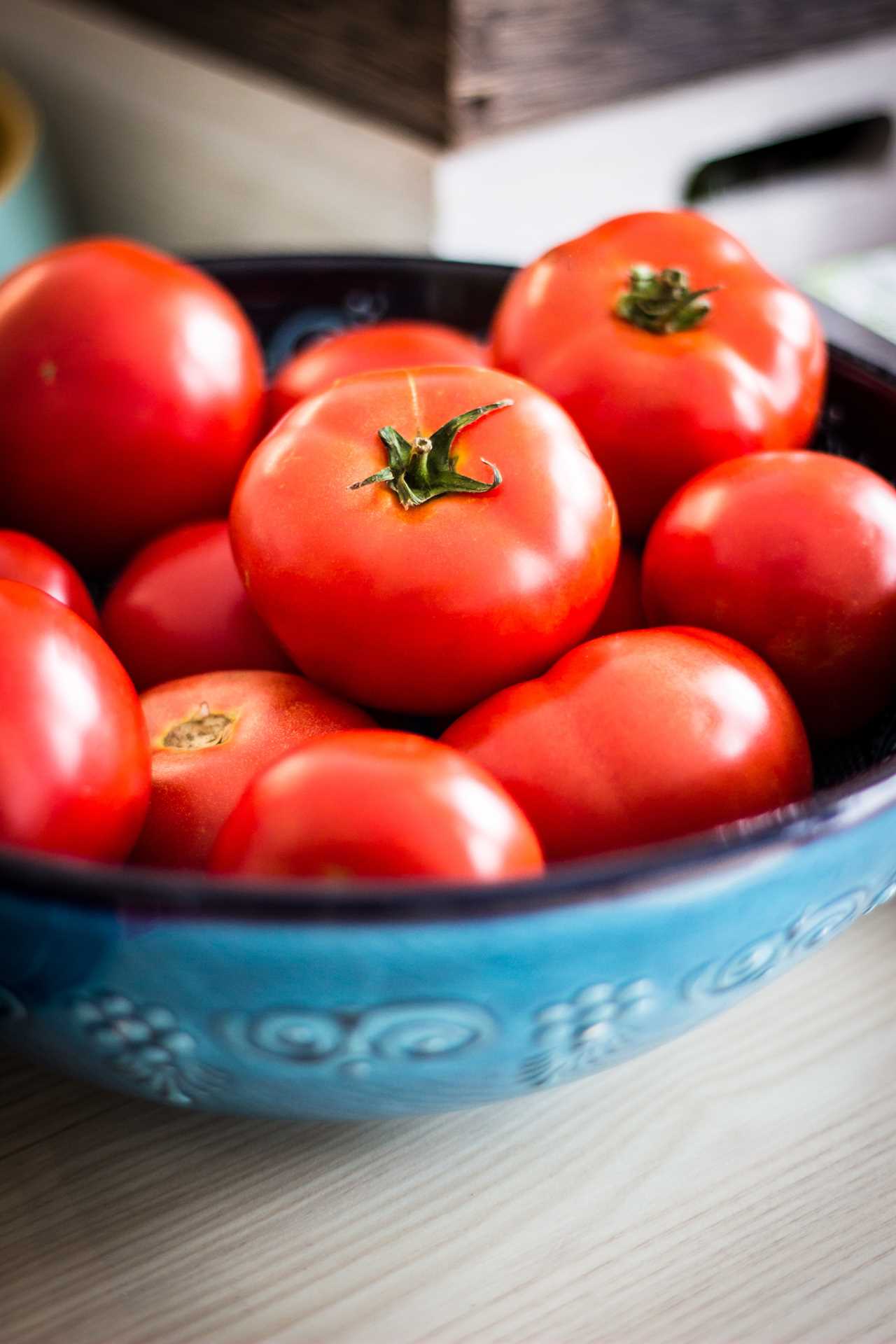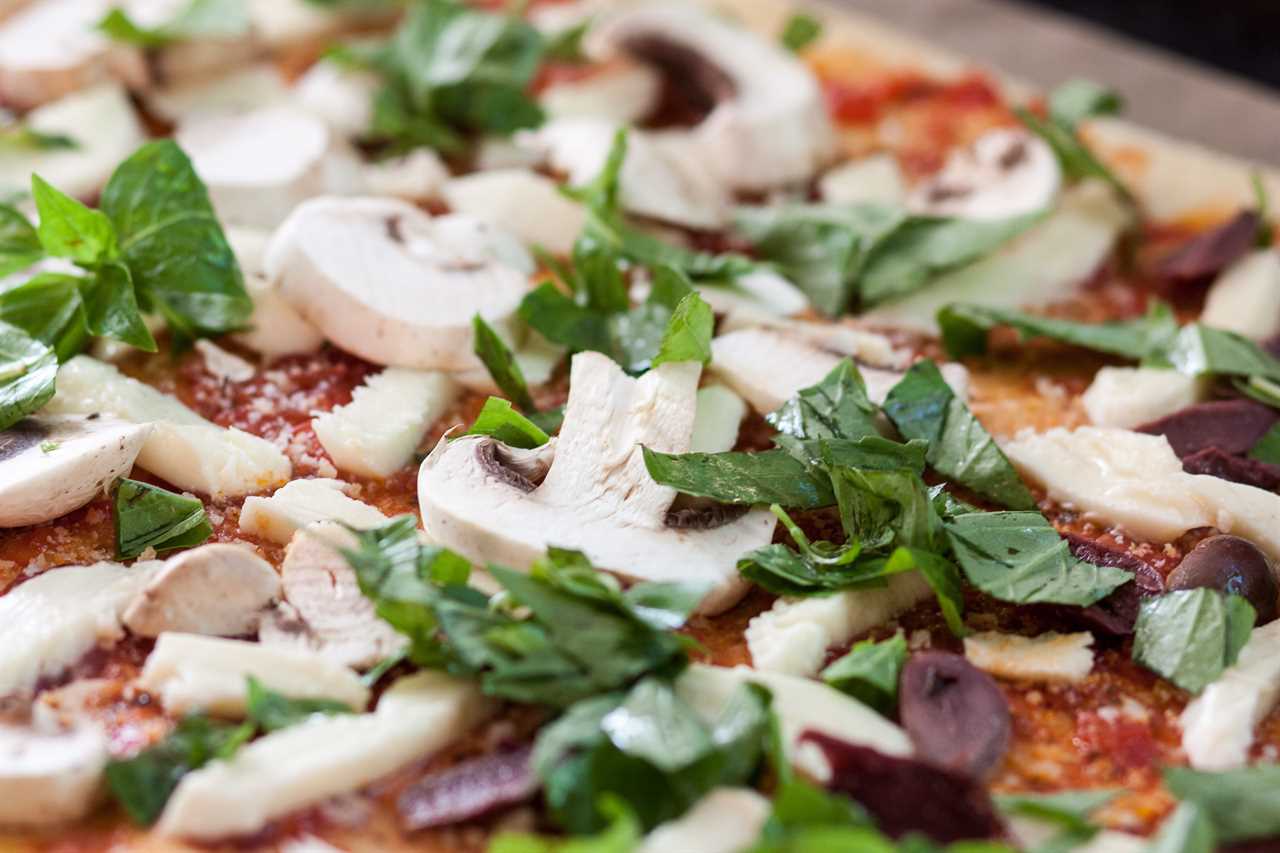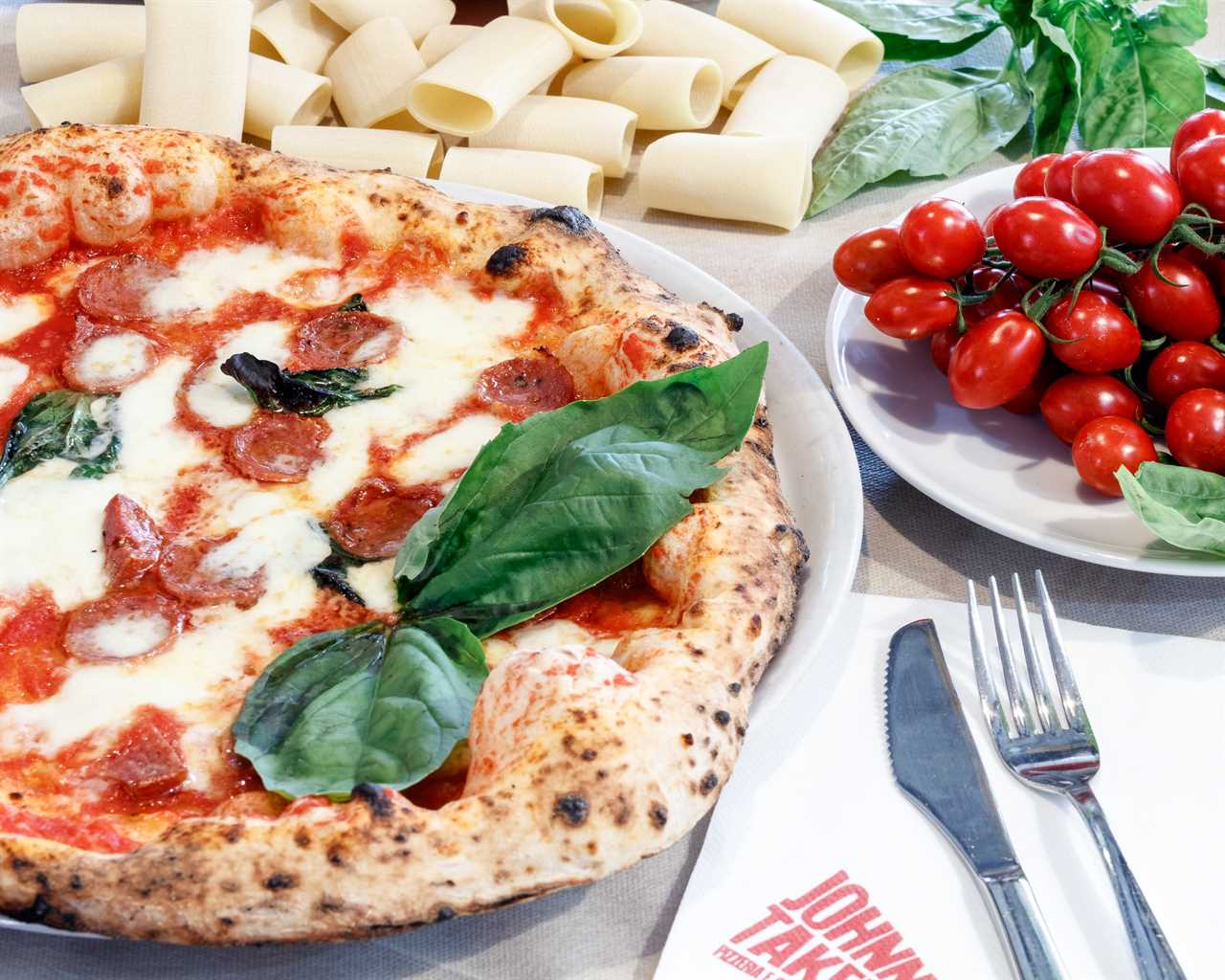Get ready to embark on a mouthwatering journey through the regional styles and techniques of mastering Italian pizza.
This article will take you on a tantalizing tour of the pizza meccas of Rome and Naples, where unique flavors and textures reign supreme.
From Bonci’s thick crust marvels adorned with vibrant toppings to the birthplace of the thin and supple Neapolitan crust, you’ll discover the secrets behind perfecting the art of Italian pizza.
So grab a slice and get ready to savor the freedom of flavor.

Key Takeaways
- Italian pizza comes in different styles based on region and method, with Roman pizza known for its rectangular thick crust and Naples being the birthplace of pizza with thin and supple crust.
- Pizza stones and peels are essential tools for making Italian pizza, as they help achieve a crispy crust and allow for easy transfer of the pizza onto a hot stone.
- Using high-quality Tipo 00 flour is recommended for making a beautiful and fluffy pizza dough, and there are various recipes and techniques available for making both thick and thin crusts.
- Homemade pesto can add a vibrant green color to Italian pizza, and a recipe for the Best Basil Pesto using fresh basil leaves, pine nuts, Parmesan cheese, lemon juice, and olive oil is provided, although high-quality store-bought pesto is also an option.
Roman Pizza: Bonci’s Thick Crust and Vibrant Toppings
Bonci, a Roman pizza chef, is known for his thick crust pizza with vibrant and colorful toppings.
The history and evolution of Roman pizza is a fascinating journey that dates back to ancient times. Roman pizza, also known as pizza al taglio, is characterized by its rectangular shape and thicker crust compared to its Neapolitan counterpart.
One of the secrets to achieving the perfect crust is using different types of flour for the pizza dough. Bonci, like many other Roman pizzaiolos, believes in the power of using a combination of flours, such as Type 00 flour and semolina flour, to create a dough that is both light and crispy.
This technique has been passed down through generations, resulting in the unique and delicious Roman-style pizza we know today.

Neapolitan Pizza: The Birthplace of Thin and Supple Crust
Naples, the birthplace of pizza, is renowned for its thin and supple crust that is cooked in a hot oven. Neapolitan pizza is considered a culinary treasure, and its preservation is of utmost importance.
Here are the secrets to achieving the perfect Neapolitan pizza dough:
-
Tipo 00 Flour: Using high-quality Tipo 00 flour is essential for creating a beautiful and fluffy dough.
-
Master Recipe: Following a tried and true pizza dough recipe, such as the Pizza Dough Master Recipe, ensures consistent results.

-
Technique: Whether kneading by hand or using a stand mixer, proper technique is crucial for achieving the right texture.
-
Visual Learning: Watching a video tutorial can provide valuable guidance and enhance the learning experience.
Essential Tools and Techniques for Perfect Italian Pizza
Using a pizza stone and peel is essential for achieving a crispy crust and properly cooked Italian pizza. The pizza stone provides a hot and even cooking surface, while the peel allows you to easily transfer the pizza onto the stone.
However, if you don’t have a pizza stone, there are alternatives you can use, such as a baking sheet or a cast-iron skillet. While these alternatives may not give you the same level of crispiness as a stone, they can still produce a delicious pizza.

Another tool that can greatly benefit your pizza-making experience is a stand mixer. A stand mixer makes the process of kneading the dough much easier and more efficient. It saves you time and effort, allowing you to achieve a smooth and elastic dough without the need for extensive hand kneading.
This is especially useful if you’re making large batches of dough or if you have limited strength in your hands. So, if you’re serious about making authentic Italian pizza, investing in a pizza stone and considering the use of a stand mixer can greatly enhance your results.
Mastering the Art of Italian Pizza Dough
The key to creating a perfect Italian pizza lies in mastering the art of dough preparation. Here are some tips for achieving the perfect pizza crust:
-
Gluten-Free Pizza Dough: For those with gluten sensitivities or dietary restrictions, try using gluten-free flour alternatives like almond flour or rice flour. These options can still yield a delicious and satisfying crust.

-
Using Sourdough Starter: Incorporating a sourdough starter into your pizza dough can add complexity and depth of flavor. The natural fermentation process of the starter creates a light and airy texture, resulting in a truly exceptional crust.
-
Proper Kneading Technique: Whether using traditional or gluten-free dough, it’s crucial to knead the dough thoroughly. This helps develop the gluten structure, leading to a chewy and elastic crust.
-
Resting and Proofing: Allow the dough to rest and proof properly. This step allows the yeast to ferment and the gluten to relax, resulting in a lighter and more flavorful crust.
Creating the Perfect Italian-Style Pizza Sauce
To achieve the perfect Italian-style pizza sauce, one must blend high-quality ingredients together for a quick and simple preparation. The key to this sauce is achieving the perfect consistency.

Tips for achieving this include using fire roasted tomatoes for optimal flavor and texture. These tomatoes can be easily found in most US grocery stores and provide a flavor reminiscent of pizza from Naples. Another tip is to avoid using acidic ingredients for prolonged periods, as they can damage the seasoning of the sauce.
For those looking to explore alternative sauce options for their Italian-style pizza, homemade pesto is a great choice. It creates a bright green color and can be made using fresh basil leaves, pine nuts, Parmesan cheese, lemon juice, and olive oil. However, high-quality store-bought pesto is also a viable option.
The choice is yours, as the freedom to experiment with different sauce options is what makes Italian-style pizza so enjoyable.
Elevating Your Pizza With Homemade Pesto Toppings
For those seeking to enhance their pizza experience, homemade pesto toppings offer a vibrant and flavorful option. Here are some reasons why homemade pesto can take your pizza to the next level:

-
Using different herbs in homemade pesto: Traditional pesto is made with basil, but you can experiment with other herbs like cilantro, parsley, or even arugula to create unique flavor profiles for your pizza.
-
Tips for storing homemade pesto: To keep your homemade pesto fresh and flavorful, store it in an airtight container in the refrigerator. You can also freeze it in ice cube trays for individual portions that can be easily thawed whenever you want to use it.
-
Bursting with freshness: Homemade pesto adds a burst of freshness to your pizza with its vibrant color and fragrant aroma. It’s a great way to incorporate more greens into your meal.
-
Customizable flavors: By making your own pesto, you have control over the ingredients and can adjust the flavors to your liking. Add more garlic for a punch of flavor or decrease the amount of cheese for a lighter option.

Exploring Regional Variations and Techniques in Italian Pizza
Bonci, a renowned pizza chef from Rome, is known for his rectangular thick crust pizza with bright colored toppings.
When it comes to exploring regional variations and techniques in Italian pizza, there are two main styles to consider: traditional and modern.
Traditional Italian pizza, like the one made in Naples, has a thin and supple crust with simple flavors. It is cooked in a hot oven, resulting in a deliciously crispy texture.
On the other hand, modern pizza styles have evolved to include a variety of toppings and crust thicknesses.

Another factor to consider is the production method: artisanal vs. commercial.
Artisanal pizza production focuses on handcrafted techniques and high-quality ingredients, while commercial pizza production often involves mass production and standardized processes.
Both styles have their own unique qualities and appeal to different preferences.
Ultimately, the choice between traditional vs. modern and artisanal vs. commercial pizza comes down to personal taste and the desire for freedom in exploring the world of Italian pizza.

Frequently Asked Questions
What Are Some Common Regional Variations of Italian Pizza That Are Not Mentioned in the Article?
Neapolitan and Sicilian styles are notable regional variations of Italian pizza not mentioned. Neapolitan features a thin and soft crust with minimal toppings, while Sicilian is characterized by a thick, rectangular crust and generous toppings.
Can You Recommend Any Alternative Tools or Techniques for Making Italian Pizza if I Don’t Have a Pizza Stone or Peel?
If you don’t have a pizza stone or peel, there are still creative ways to make Italian pizza. Try using a baking sheet or a cast iron skillet for a crispy crust. Quick and easy recipes can be found online.
Are There Any Tips for Achieving a Crispy Crust Without Using a Pizza Stone?
To achieve a crispy crust without a pizza stone, the best flour to use is Tipo 00. Additionally, using a cast iron skillet can create a delicious Italian pizza. Preheat the skillet, add the dough, and cook on high heat for a crispy result.
What Are Some Traditional Italian Pizza Toppings That Are Not Mentioned in the Article?
Some traditional Italian pizza toppings that are not mentioned in the article include prosciutto, arugula, gorgonzola cheese, and truffle oil. Alternative tools and techniques for making Italian pizza include using a pizza stone or a cast iron skillet.

Are There Any Specific Techniques for Shaping the Dough to Achieve Different Crust Textures or Styles?
To achieve a soft and chewy crust, different techniques include using high-quality Tipo 00 flour and kneading the dough by hand. For a crispy and thin crust, preheating the pan and using a pizza stone are recommended.







